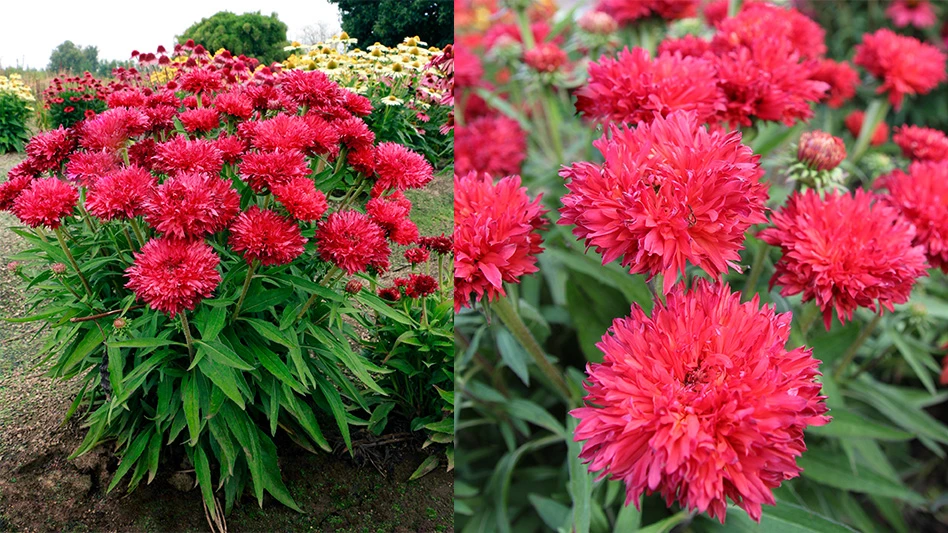The demand for reliable insecticide options continues to echo as concerns about neonicotinoids, pyrethroids as well as insecticide resistance steadily grow. Rising in popularity amongst growers, diamides offer an effective alternative. Diamides like chlorantraniliprole, the active ingredient in Acelepryn® insecticide, fall under IRAC Group 28. This unique class of chemistry offers a solution for growers looking for non-neonicotinoid chemistries to add into their programs.
Acelepryn is a trusted solution that provides broad-spectrum control of key leaf-feeding insects in greenhouses and nurseries, including:
- Japanese beetles
- Caterpillars, including Eastern tent caterpillars, fall webworm and bagworms
- Sawfly larvae
- Hemlock wooly adelgids
- Clearwing moths
- Lace bugs
- Aphids
- Birch leafminers
Acelepryn offers the following benefits for growers:
- No signal word on the label
- No known adverse effects on beneficial, non-target organisms including bees and biological control agents
- Registered as reduced-risk by the U.S. EPA under its Reduced Risk Program1
- Four-hour restricted entry interval (REI)
Additionally, Acelepryn can be applied to a wide range of crops, including ornamental plants, woody ornamental plants and trees, shrubs, evergreens and conifers.
Flexible applications with Acelepryn
Acelepryn offers nursery growers increased flexibility with a variety of application methods. As a foliar spray, it provides up to four weeks of control on lepidopteran pests. However, prolonged insect control can be achieved when applied as a drench or soil treatment in the fall. The product moves upward into the canopy providing even longer residual control into the spring. Acelepryn can also be applied as a bark treatment to protect from insects like clearwing borers.
Due to the longevity of protection, growers can expect to make fewer applications and still achieve broad-spectrum insect control, resulting in time savings and labor efficiencies.

- Caterpillars: 2-4 fl. oz./100 gal. for up to 4 weeks of protection
- Japanese beetle adults: 4-8 fl. oz./100 gal. Apply mid-June through August.
- Clearwing moth and borer larvae: 4-8 fl. oz./100 gal.
- Apply to the bark of the tree trunk and branches after the emergence of adult moths but before eggs hatch (typically June – August).
- White grubs, including Japanese beetles: 8-16 fl. oz./A.
- Apply prior to egg lay in late spring or mid-summer, depending upon the pest.
- Lace bugs and aphids: 0.0625-0.25 fl. oz. per ft. of shrub height
- Birch leafminers: 0.25 fl. oz. per ft. of shrub height
- Apply at least two to three months prior to expected pest pressure to allow the active ingredient time to translocate throughout the plant.
Discover how you can incorporate Acelepryn into your rotation to increase profits. Scan the QR code or visit GreenCastOnline.com/AceleprynInsecticide to learn more.

Explore the August 2023 Issue
Check out more from this issue and find your next story to read.
Latest from Nursery Management
- The HC Companies, Classic Home & Garden merge as Growscape
- Eason Horticultural Resources will now officially be known as EHR
- BioWorks receives EPA approval for new biological insecticide for thrips, aphids, whiteflies
- Ellen Mackenbach-Lakeman appointed new CEO of Dümmen Orange
- Southern Garden Tour sets 2025 dates for trial garden open houses
- New book explores plants that thrive in Rocky Mountains
- American Floral Endowment establishes Herman Meinders Memorial Tribute
- These companies are utilizing plastic alternatives to reduce horticultural waste






